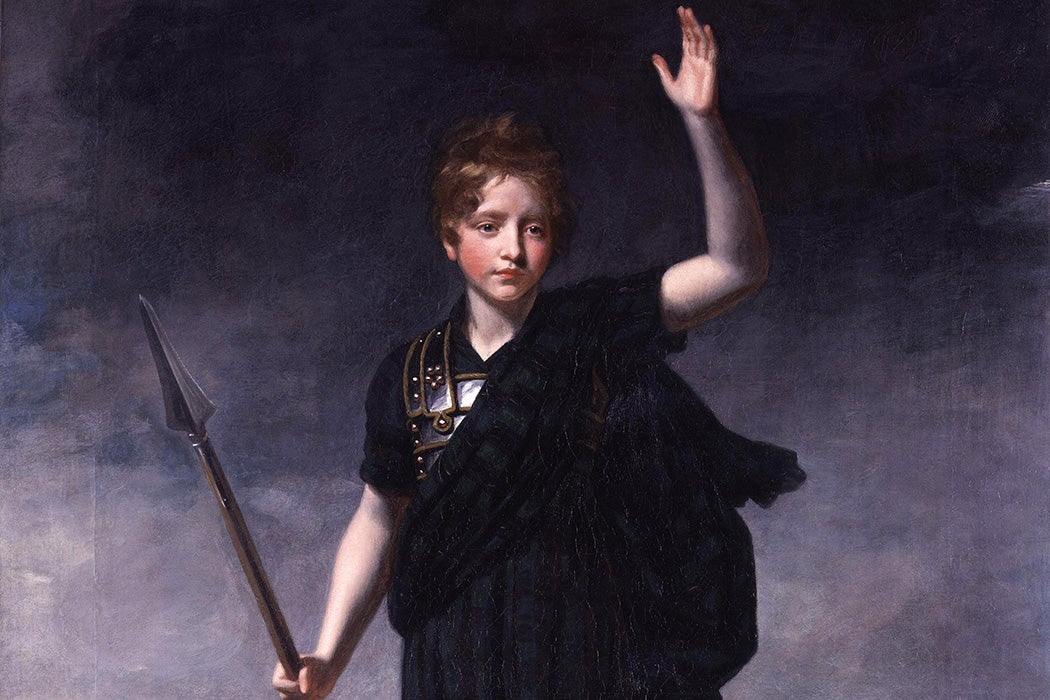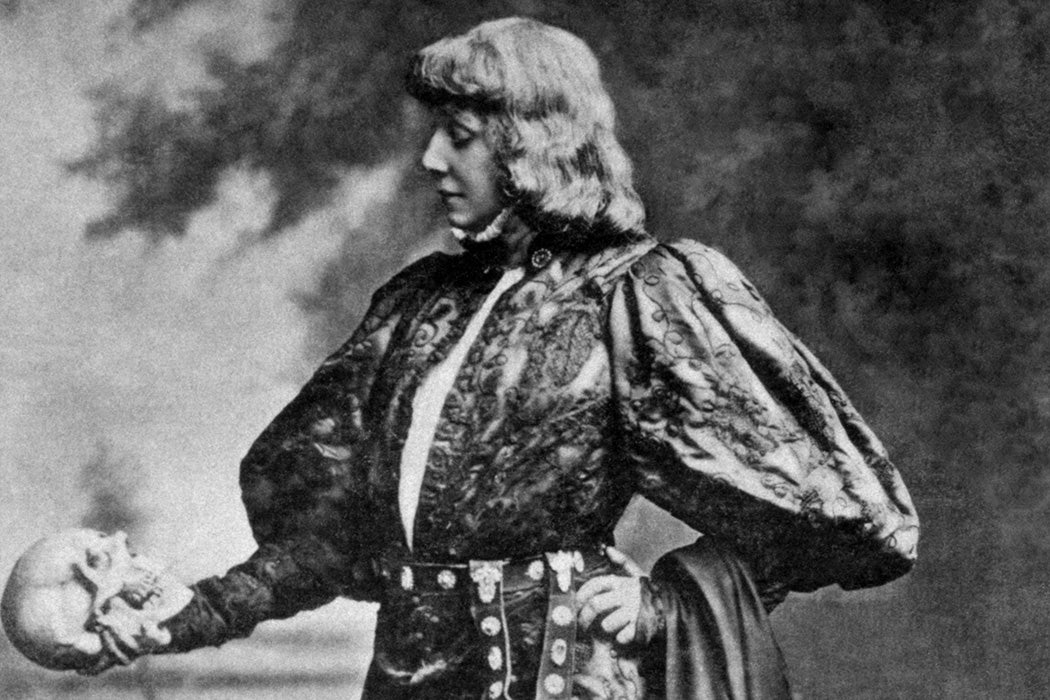Crowds mobbing theaters. Audience members screaming. A merchandising machine set up around a thirteen-year-old kid. These are the stuff of twentieth and twenty-first century pop culture. But, as English professor Jeffrey Kahan explains, they’re also the story of a child actor at the turn of the nineteenth century.
In 1804, Kahan writes, the barely teenage actor William Henry West Betty arrived in England from Ireland. Crowds mobbed theaters to get tickets, and at least one woman was trampled to death in Liverpool. At Betty’s London premiere, the theater placed guards outside, but to no avail. The masses swarmed in, overrunning private boxes, and breaking windows and doors. A newspaper reported that the “screams of females were very distressing, and several fainted away.”
Betty’s second appearance in the city was similarly riotous, and two men pulled out pistols and threatened each other over a seat. Attention to these early scenes only ginned up public interest, and even a month into the boy’s time in London a newspaper reported that “crowds still continue to press the theatre on every night of his performance.” Even older men in Betty’s audiences reported being inexplicably overcome with uncontrollable weeping. Fans followed the boy everywhere, even camping outside the house where he was staying. One London restaurant changed its name to Betty’s Cook-shop.
Kahan argues that Bettymania, as it was quickly dubbed in the press, was the product of careful planning. Betty’s people paid critics for good reviews, leaked his letters to the press, and authorized production of medallions, snuff boxes, coffee cups, and other merchandise. Theaters probably also used tricks to inflate the reception Betty received, like strategically placing ringers in the audience to cheer for him.
These strategies worked remarkably well on all sectors of the public. Artists around London painted, sculpted, and wrote poetry about Betty. The royal family feted him at the Tower of London. Lord Byron reported that he braved theaters to see Betty on several occasions “at the hazard of my life.” And William Wordsworth expressed hope that the boy could “rescue the English theatre from the infamy that has fallen upon it.”
Weekly Newsletter
Not everyone was impressed. Kahan writes that some critics treated England’s wholehearted embrace of the child star as a national embarrassment. But the virulent backlash they received from Betty’s defenders only served to further bolster his image. At a time when the esteemed actor John Philip Kemble was paid £12 a night, Betty’s fee climbed to £100, and he once received £1,200 for a single performance.
Like many child stars since, Betty faded from public view long before reaching adulthood. While he returned to the stage in 1812 and continued performing for another decade, he never commanded audiences’ attention in the same way again. Some critics argued that his early fame had spoiled his genius, while others believed the theater world had simply been wrong about his promise. As one writer described him much later, he was “only a surprising boy…who became but an ordinary man.”








